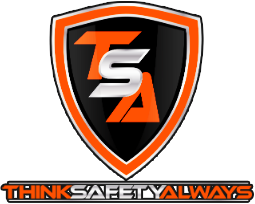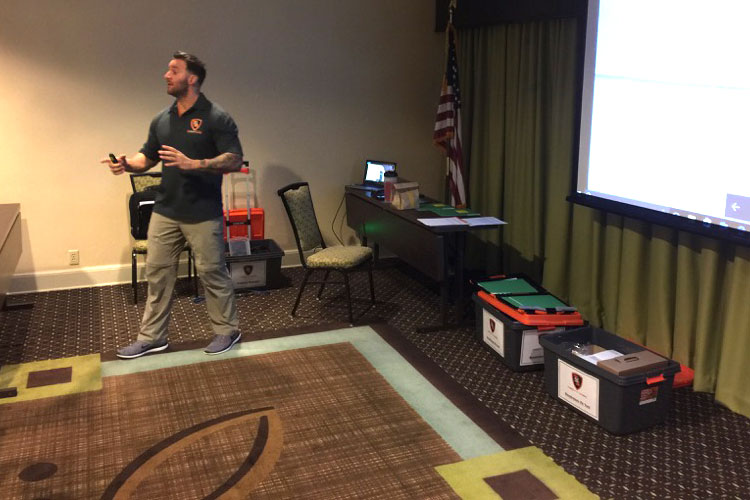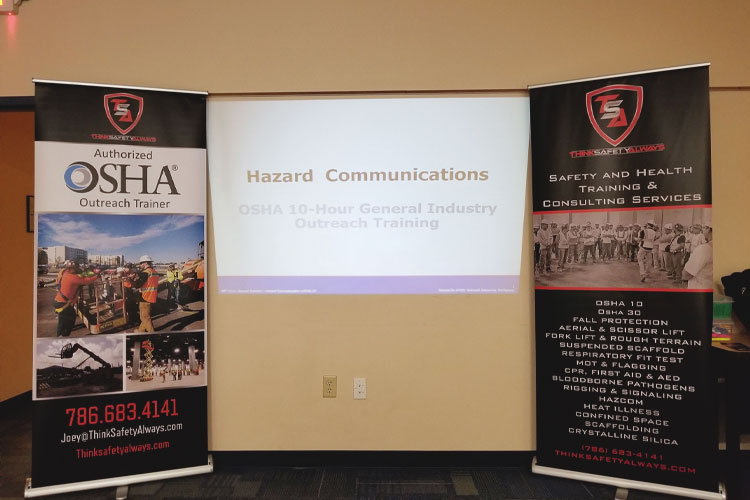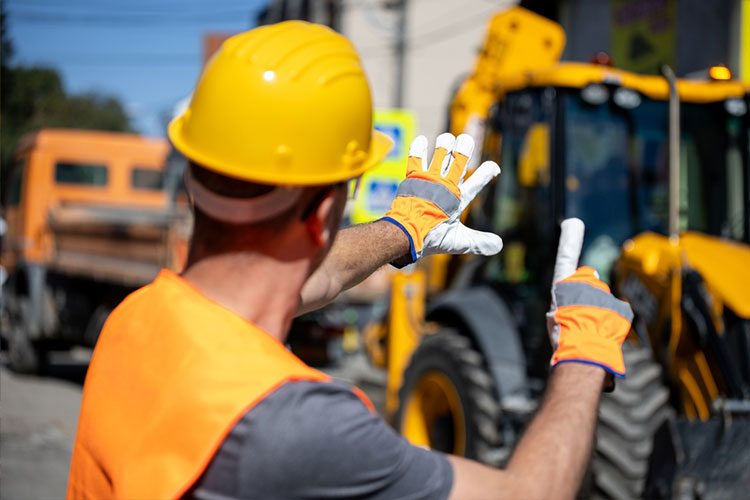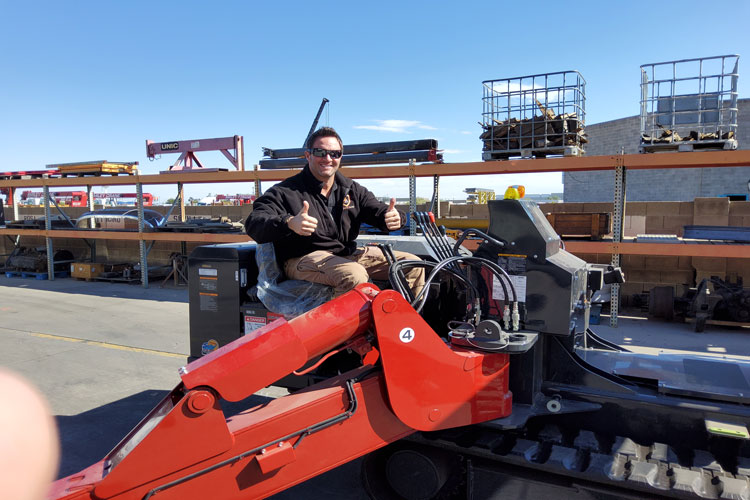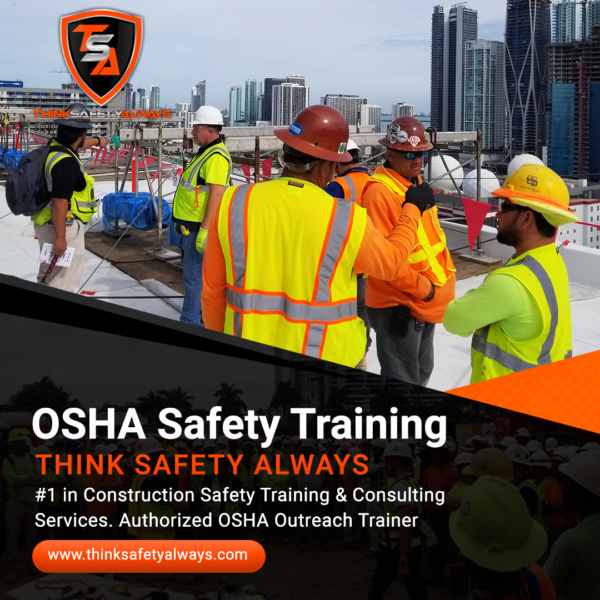In the world of workplace hazards, falls remain the number one cause of serious injuries and fatalities in construction and general industry. The Occupational Safety and Health Administration (OSHA) has long emphasized fall protection as a cornerstone of job site safety. Yet despite regulations and awareness efforts, thousands of workers suffer preventable injuries every year due to fall-related accidents.
Whether it’s working on scaffolding, ladders, rooftops, or elevated platforms, fall hazards are everywhere—and often underestimated. OSHA fall protection standards aren’t just about compliance; they’re about preventing tragedies before they happen.
Understanding OSHA’s Fall Protection Standards
OSHA requires fall protection for employees working at elevations of four feet in general industry workplaces, five feet in shipyards, six feet in construction, and eight feet in longshoring operations. The standards vary slightly by industry, but the message is the same: when there’s a risk of falling, there must be a plan to prevent it.
OSHA’s guidelines include:
Guardrail systems
Safety net systems
Personal fall arrest systems (PFAS)
Covers and toe boards for holes
Training requirements for identifying and mitigating fall risks
Compliance with these measures isn’t optional. Employers must evaluate the workplace for potential fall hazards, provide proper equipment, and ensure that workers are trained to use it correctly.
Why Falls Continue to Happen
So, if OSHA regulations exist, why do fall-related injuries still occur?
Common reasons include:
Lack of training or refreshers
Inadequate or misused equipment
Unsafe ladder practices
Working at height without a proper fall protection plan
Failure to inspect PPE and fall arrest systems
Too often, safety shortcuts are taken to save time or cut costs. Unfortunately, the real cost comes after the fall—lost wages, medical expenses, OSHA fines, and even loss of life.
Building a Culture of Safety
True fall prevention goes beyond harnesses and hard hats. It’s about creating a culture where safety is prioritized at every level—from the field to the front office. Regular safety audits, daily toolbox talks, and continuous employee training all help reinforce safe behaviors.
Supervisors and managers must lead by example and encourage workers to speak up when they notice potential hazards. After all, the best protection is prevention.
Think Safety
At Think Safety, we help companies go beyond minimum compliance with OSHA fall protection standards. Our comprehensive training programs, hazard assessments, and safety planning solutions are designed to protect your workforce—and your bottom line. Let us help you create a safer, more compliant job site where no one has to fear a fall. Call 786-683-4141
